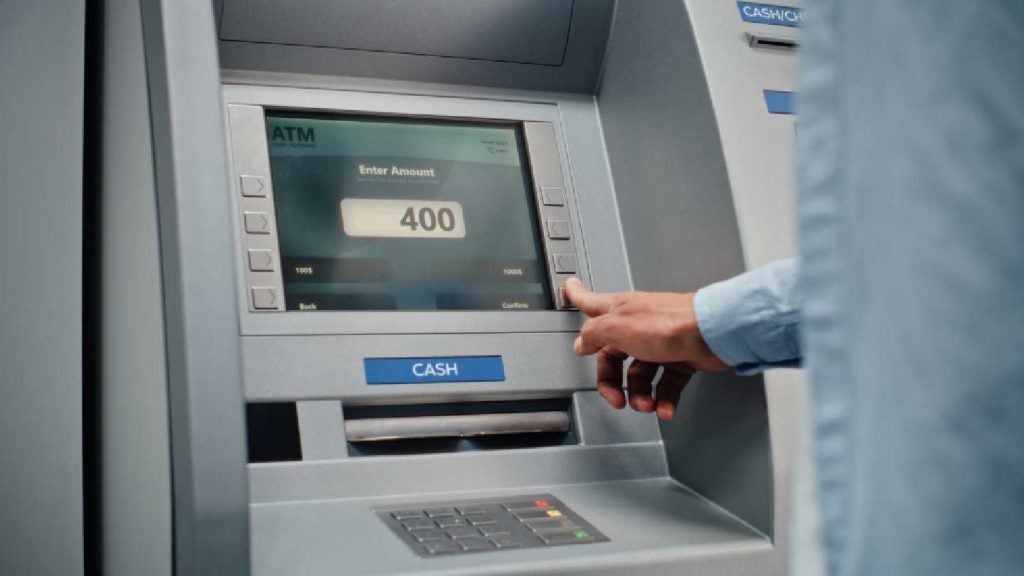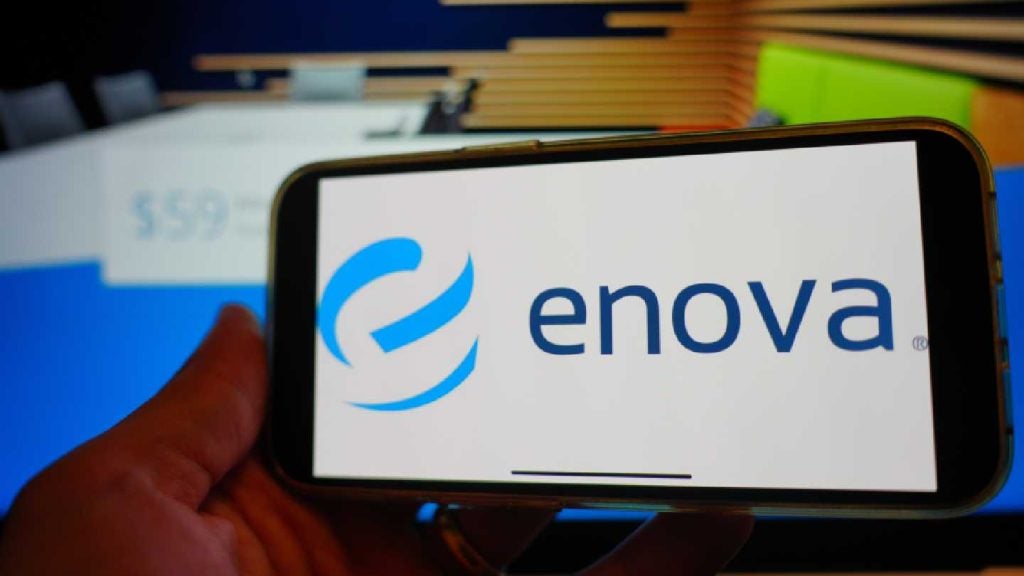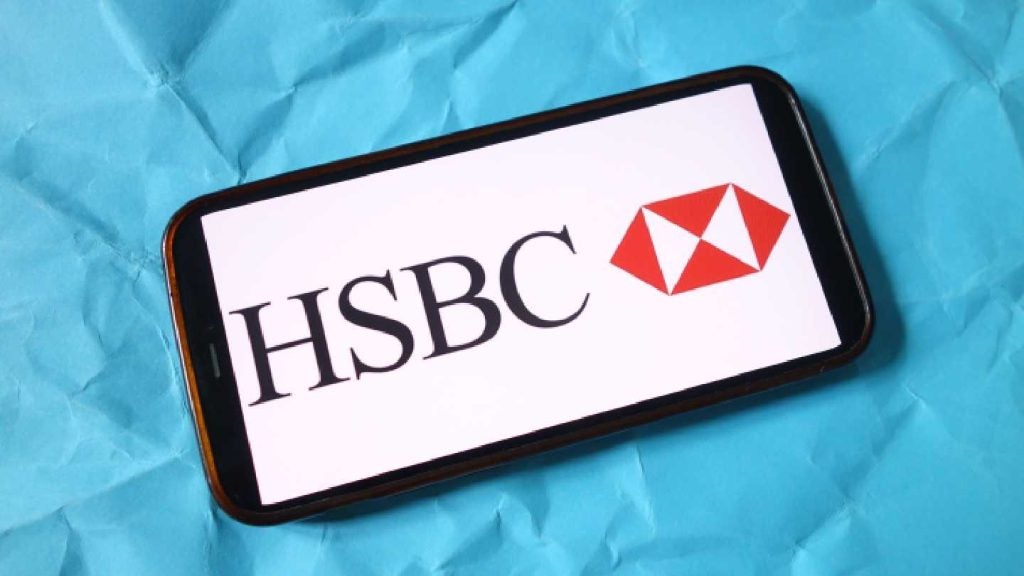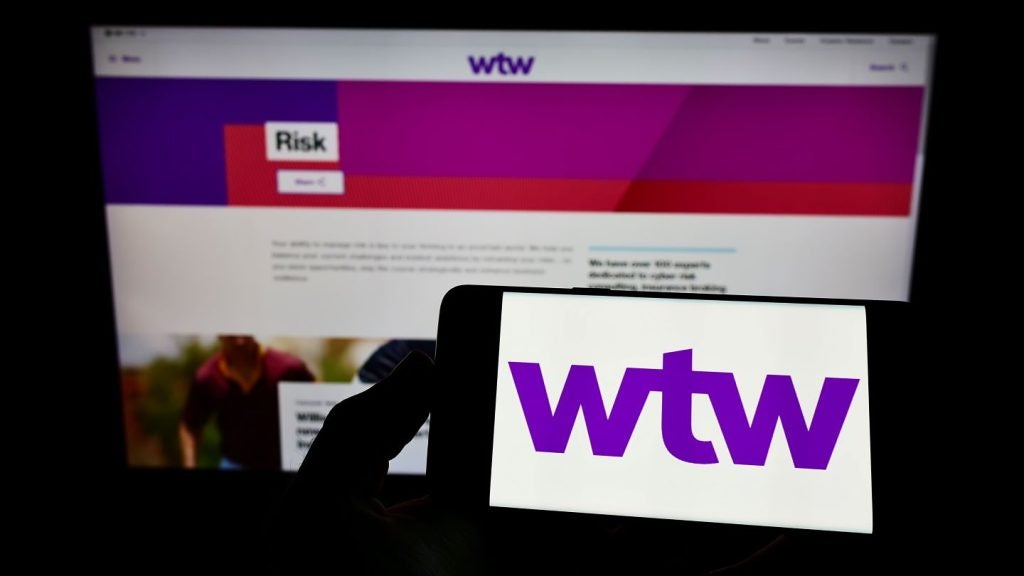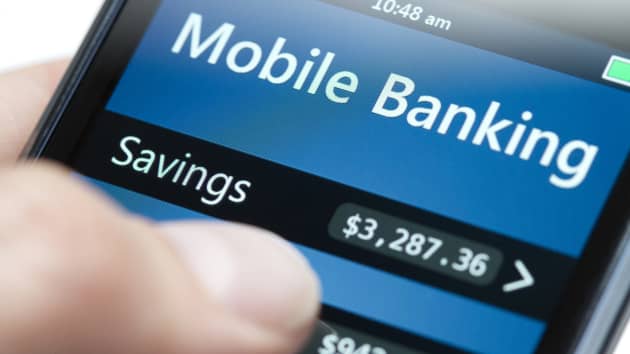
An increasing demand for a digital banking experience is transforming how the entire banking industry operates. Mohamed Dabo reports
Consumers’ growing desire to access financial services from digital channels has led to a surge in new banking technologies that are reconceptualising the entire retail banking market.

Access deeper industry intelligence
Experience unmatched clarity with a single platform that combines unique data, AI, and human expertise.
Mobile banking, arguable the most ubiquitous of these technologies, has come into its own with enormous potential to delight customers. It has become the go-to method for users to make deposits, account transfers, and monitor their spending and earnings.
Increasingly, mobile banking is turning happy customers into strong advocates for their bank.
Consider, for instance, Chase Bank, which has one of the highest rates in the US for mobile banking activity.
Those smartphone-toting customers gave Chase much higher loyalty scores than customers who don’t yet bank through mobile devices and helped make Chase one of the biggest gainers in loyalty scores.

US Tariffs are shifting - will you react or anticipate?
Don’t let policy changes catch you off guard. Stay proactive with real-time data and expert analysis.
By GlobalDataMobile usage also tends to reduce the number of branch visits, helping Chase reduce costs.
Similarly, across the world, Australian mortgage lender Commonwealth Bank has enjoyed a brisk uptake by customers of its “property guide” mobile app, which maps past home sales history, current listings, and recent sales to a real-world view through a smartphone’s camera of 95% of homes in the country.
For retail bankers engaged in a battle to retain customers and increase share of spending, mobile and online channels can be a powerful means of building loyalty—if digital channels emphasize the right features and transactions, and dovetail nicely with branches, phone centres and all the other ways that banks touch their customers.
An international perspective
Boston-based management consultancy Bain & Company has looked closely at the interactions and channels that matter most to the challenge of strengthening loyalty—those moments of truth (such as resolving a fraudulent transaction) and “digital delight” moments (such as mobile bill pay) that prove decisive in winning either customers’ advocacy or their derision.
The researchers delved deeper into how customers are using digital technologies.
They expanded the survey’s reach to 14 national markets. Working with market research firms Research Now and GMI, they polled 150,100 account holders from banks and credit unions across Australia, Canada, China, France, Germany, Hong Kong, India, Mexico, Singapore, South Korea, Spain, Thailand, the UK and the US.
They then followed up with 5,200 customers in the US to explore in depth their habits and attitudes about various banking interactions and channels. (The surveys were conducted online and thus may have some upward bias for customers’ online and mobile banking activities.)
The survey results show how quickly digital channels are making inroads and how forcefully they influence customers’ perceptions of banks.
Mobile banking is coming on strong around the globe
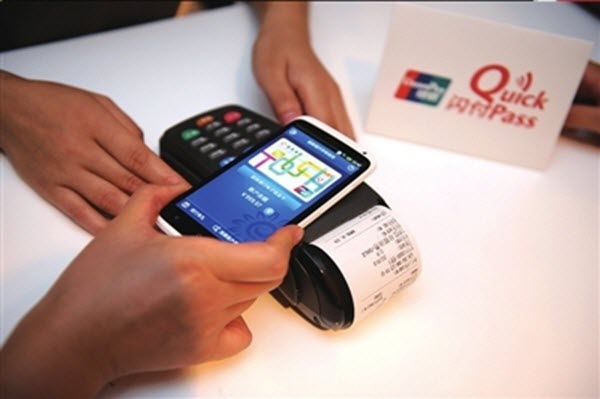
In the US, 32% of customers surveyed used their smartphones or tablets for some type of banking interaction during the previous three months, up sharply from 21% of respondents a year ago.
Of course, penetration rates vary by country, with Asian markets leading the way in usage though not necessarily in functionality.
In many cases, the capability is based more on text messaging confirmations than on complete mobile applications. (Demographic sampling differences among countries surveyed might also account for some of the variation.)
Usage ranges from 47% of respondents in South Korea to 37% in India to just 16% in Germany.
Online interactions through PCs and laptops, meanwhile, are much more common in all countries, even in Germany, with 80% of respondents.
What are customers doing in the digital domain?
The follow-up US survey shows that customers use mobile devices mostly for straightforward tasks such as checking their balance or account activity.
Yet people value the convenience of being able to accomplish such tasks quickly and easily, to the extent that these interactions often evoke a response of true delight.
Indeed, in most countries we surveyed, digital technologies lead all interactions in raising the likelihood that someone will recommend his or her bank to other people.
Catering to customers’ growing affinity to go mobile is not all it takes to spur loyalty, however.
Serving the very wealthy and mass-affluent segments
Mobile banking usage increases with income, yet more affluent, higher-value customers in many countries, particularly in the West, give their banks lower loyalty scores than do less affluent customers.
Banks in many Asian and emerging markets are earning stronger loyalty scores among affluent households because of the differentiated products and services these banks provide, notably a highly qualified relationship manager, although their digital channels often have only rudimentary functionalities.
Serving the very wealthy and mass-affluent segments effectively thus will require a deft blend of personalized attention and digital efficiency.
These two major survey findings—the surge in mobile banking, and the tepid loyalty scores given by affluent customers in many markets—highlight the need to tailor digital and physical channels to the priorities of high-value customer segments, and integrate these channels closely with one another instead of running them in parallel.
Retail banks that accelerate the integration of their disparate channels into a seamless “omnichannel” experience will be able to gain a durable edge over competitors.
Why emphasise an omnichannel distribution and service strategy?
Because it’s a highly effective way to both reduce costs, and thereby serve a mass market efficiently, and to create new streams of prof table growth through stronger customer loyalty.
To be sure, there are other ingredients for success, including a differentiated product offering that addresses each target customer segment’s priorities.
The future of Online Banking
The popularity of mobile banking has surpassed that of online banking, and the overall number of online customers has slowed worldwide.
According to Business Insider Intelligence, mobile banking is growing at five times the rate of online banking, and half of all online customers are also mobile banking users.
Despite this growing popularity, some banks still fall short on the demand for mobile tasks, like bill pay and reward redemption, causing them to push users to online banking.
However, even this push won’t be enough to popularize online banking as millennials and Gen-Zers continue gravitating toward the mobile market.
A top concern consumers have when choosing mobile banks is security.
The fear of data breach increases the demand for services that keep users’ data secure – allowing consumers to place holds on credit or debit cards, schedule travel alerts, and file and review card transaction disputes are some successful security banking features.
the future of Digital-Only Banks
Digital-only banks, also known as neobanks, are redefining the future of banking around the world.
Though off to a slow start in the US due to high regulatory barriers, recent developments and the loosening of regulations suggest that US neobanks are set to take off.
San Francisco-based neobank Chime has attracted over 2 million consumers and is adding more per month than Wells Fargo or Citi – demonstrating the shift toward digital channels.
The development of more neobanks in the US will bring awareness to digital only banking, and eventually wane-out traditional banking competitors.
Ultimately, the mobile banking model, through its implied simplicity, transparency, immediacy, and ability to deliver personalised experiences, will be the key driver underpinning this transformation and disrupting the retail banking industry more than any other trigger has before.



